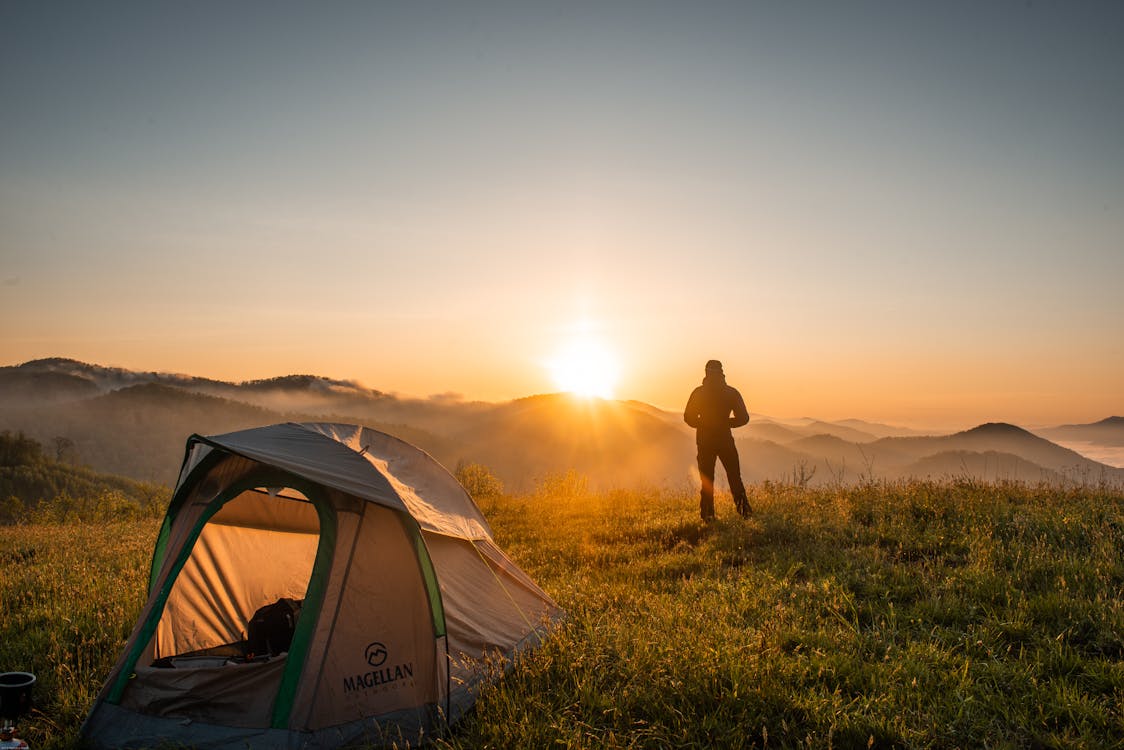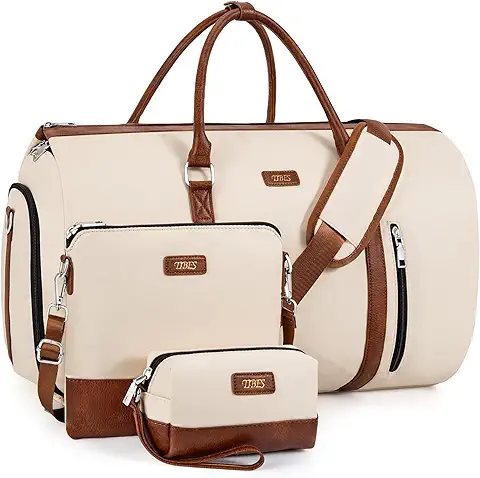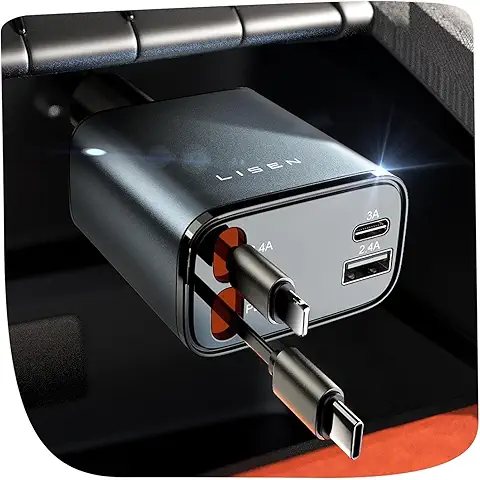How to Choose the Perfect Campsite: Factors to Consider Before You Set Up


One of the most important choices you will make for your camping vacation is selecting the ideal location. Finding the appropriate location guarantees a safe and pleasant stay in the great outdoors regardless of your level of experience as a camper. Although choosing a campground that provides not only convenience but also a pleasant outdoor experience depends on several elements, even if it would seem as simple as locating a level area of ground. From terrain considerations to safety and local rules, this thorough guide will help you select the perfect campground for your trip.
1. Research and Plan Ahead
Research the place you intend to camp in before you set out into the wildlands. Knowing the location can help you choose a nice campsite whether your trip is in a national park, a forest, or a remote backcountry site.
Location Attractiveness
Select a site with simple access. If you are camping in a known campsite, the spot will probably be easily located and clearly marked. If you are exploring the backcountry, though, chart the trail to the campground and make appropriate plans. Verify your knowledge of the distances, any hilly terrain, and degree of difficulty.
Seasonal and Weather Factors
Think on the time of year you are camping. Look at the local weather since it will significantly affect where you should build your camp. For instance, although in hotter climes locating shaded spots is essential to staying cool, in areas with plenty of rain you will want to locate a place with good drainage.
2. Terrain and Ground Conditions

Take time to assess the ground you plan to camp on; your comfort and safety will be much affected by it.
Flatness
For your tent, look for a level surface. In severe gusts, uneven ground might cause your tent to collapse or shift and result in a miserable night's sleep. Steer clear of sloped terrain as, should it rain, water could pool in your tent and you could find yourself rolling to one side while asleep.
Ground Hardness
Although soft ground, such as grass or dirt, might appear perfect, you should avoid erecting your tent on soft, muddy ground, which could get soaked with rain and complicate tent staking. Conversely, sandy or rocky ground can be difficult to anchor your tent and might make sleeping uncomfortable.
Avoiding Roots and Rocks
Look beneath the surface for big rocks or tree roots. Sleeping on a hard surface hurts; tree roots might pierce the ground and ruin your tent.
3. Proximity to Water Sources
During your camping trip, drinking, cooking, and hygiene depend on water; so, it is best to pick a campground close to a dependable water source. Though it's tempting to set up right next to a lake, river, or stream, there are several factors to take into account.
Safety Concerns
Steer clear of building your camp too near a body of water. If you live near a river or stream, be sure you are far enough from the edge to prevent flooding—especially in light of expected heavy rain. Fast-moving water can also be dangerous since it may surge rapidly in the case of storms.
Water Quality
Before consuming, you might have to filter river, stream, or lake water. Verify the water supply for cleanliness and free of pollutants. To guarantee safe drinking water, if at all possible utilize pills or water purifying devices.
Wildlife
Campgrounds close to bodies of water could draw bears, raccoons, and other species. Should you camp next to water, you must properly preserve your food to prevent drawing in wildlife. Always stay safely apart from animals.
4. Sun Exposure and Shade

Especially during the afternoon, your camping experience will be much more pleasant depending on sun exposure.
Morning vs. Afternoon Sun
Choose your campground with consideration for the sun's direction. When the sun is greatest in the afternoon, you might wish to set up camp somewhere with cover. In a chilly environment, morning sun might aid to warm the surroundings.
Natural Shade
Search for naturally occurring shaded locations such big rock formations or trees. This will guard you from the sun and help your tent remain cooler during the day. Furthermore lowering the risk of heat exhaustion or sunburn is a shaded area.
5. Wind Protection
While picking your campsite, keep in mind the wind conditions since strong gusts can rapidly turn a camping trip dangerous and unpleasant.
Sheltered Location
Search for a campground situated behind a hill, rock outcrop, or deep forest that provides some natural wind protection. Steer clear of open regions where powerful gusts could expose your tent, particularly in places prone for heavy winds.
Tent Position
Point the narrow end of your tent toward the wind even with natural windbreaks. This will increase the stability of your shelter and aid in lowering wind resistance.
6. Proximity to Trails and Activities
Selecting a campsite close to fishing areas, walking paths, or other outdoor pursuits will improve your experience. Convenience must be balanced, though, with quiet and privacy.
Availability of Activities
Choose a campsite that gives simple access to well-known paths or sites if you intend to hike or explore the surroundings. This will free you to spend more time outside appreciating your surroundings instead of going great distances to get to your intended activities.
Privacy
Particularly at well-liked campgrounds, some sites can be packed. If you want privacy, try to locate a place somewhat apart from other guests. Backcountry camping provides greater privacy, but it also calls more experience and planning.
7. Safety and Regulations
Choosing your campsite calls for first priority of safety. Apart from fundamental topography and environmental elements, you have to take into account any risks and follow local rules.
Wildlife
Learn about the local animals and how to keep your food to prevent drawing them. In bear country, for instance, you will have to keep cooking facilities apart from your sleeping area and store food in bear-proof containers. Know about various nature dangers include insects or snakes.
Campsite Regulations
See whether the venue you are looking at permits campfires or calls for particular safety measures as portable stoves or approved fire rings. Fire prohibitions in dry weather should be known about; always observe Leave No Trace guidelines to reduce your environmental effect.
8. Noise and Light Pollution
Although campsites close to roads, cities, or tourist attractions seem handy, their noise and light pollution can compromise your experience.
Quiet Environment
Look for peace and quiet; pick a campsite far from crowded areas and busy roads. The camping experience may be more immersive if you can tune in to the natural sounds of animals and flowing water, therefore separating from the cacophony of daily life.
Light Pollution
This is the perfect place for stargazing in more far-off places since you will truly gloomy night. To really appreciate the night sky, stay away from camping close to manmade light sources as streetlights or large campgrounds.
9. Environmental Considerations
Maintaining the beauty of natural settings for next generations depends on respect of the surroundings. Make sure you choose your campsite considering the surroundings.
Impact on Vegetation
Steer clear of camping near sensitive vegetation like wetlands or meadows. Foot traffic can damage these regions, hence camping there might cause the loss of plant life. Stay in known campsites or areas approved for camping.
Waste Disposal
To be sure you leave no trace, look for waste disposal services or carry your own garbage bags. To keep the site clean, always pack out your garbage—including food scraps, toilet paper, and other waste.
10. Final Considerations: Campfire and Equipment Setup
Consider your capacity to arrange your gear and properly build a fire before you set up your campsite.
Campfire Location
Make sure the location has a specific spot for a campfire—a fire ring or firepit—and that fires are allowed there. Always completely put out a fire before leaving; never leave one unattended.
Setting Up Your Tent
After you have the ideal location, carefully arrange your tent and camp gear. Spend some time sorting your tools to guarantee convenience and comfort. Think about things like ease of moving around your campground, proximity to the fire ring, and food storage accessibility.
Conclusion
Selecting the ideal campsite calls for thorough preparation, environmental awareness, and pragmatic concerns taken together. The secret is to choose a place that fits your tastes and guarantees safety whether your search is for an adventure site near hiking paths or a quiet getaway surrounded by nature. You may set yourself up for a great and fun camping vacation by weighing elements including topography, water sources, wind protection, and wildlife. Enjoy your camping.








